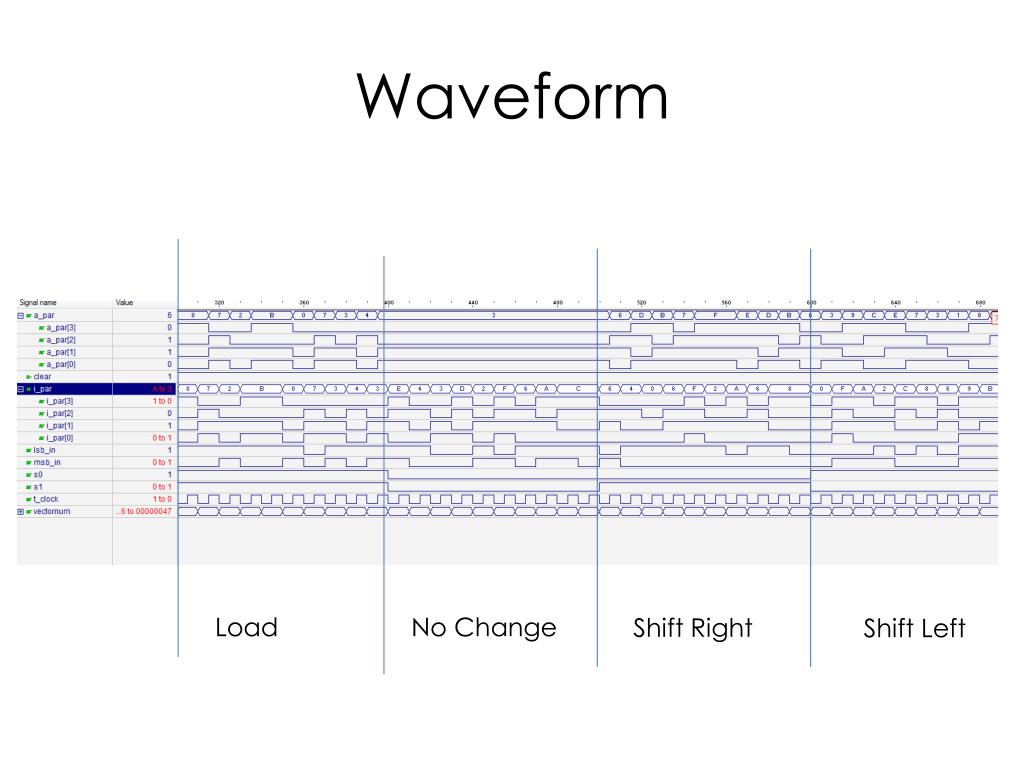
There are at least three ways to describe the linear feedback shift register, or LFSR: a practical bitwise approach, and two theoretical approaches based on the algebra of finite fields, one using polynomials and the other using matrices. Linear Feedback Shift Registers: A Bitwise Approach But part of the reason to understand the theory behind LFSRs is just because the math has an inherent beauty. You can use LFSRs to generate a pseudorandom bit sequence, or as a high-speed counter. Why study the LFSR? They have many practical applications in communications theory.

In these works, an evolutionary algorithm learns how to apply different operations on strings from LFSR to enhance their quality to meet the criteria of a fitness function, here the NIST protocol, effectively.This article is available in PDF format for easy printing New methods suggest usage of evolutionary algorithms in order to introduce non-linearity. Using bruteforce methods, a list of maximum-period n-bit NLFSRs for n ≤ 25 has been made as well as for n=27.

It is known how to generate an n-bit NLFSR of maximal length 2 n, generating a De Bruijn sequence, by extending a maximal-length LFSR with n stages but the construction of other large NLFSRs with guaranteed long periods remains an open problem. NLFSRs are known to be more resistant to cryptanalytic attacks than Linear Feedback Shift Registers ( LFSRs).

Nonlinear-feedback shift registers are components in modern stream ciphers, especially in RFID and smartcard applications.

Where f is the non-linear feedback function. A nonlinear-feedback shift register (NLFSR) is a shift register whose input bit is a non-linear function of its previous state.įor an n-bit shift register r its next state is defined as:


 0 kommentar(er)
0 kommentar(er)
